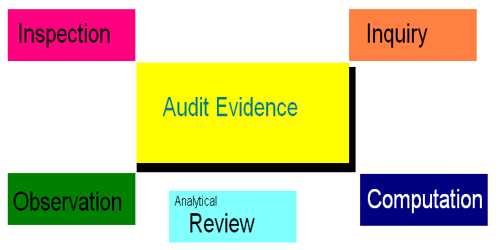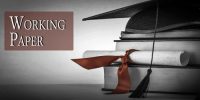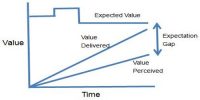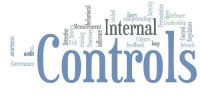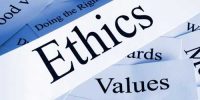Important methods of obtaining Audit Evidence
Audit evidence which is cumulative in nature includes audit evidence obtained from audit procedures performed during the count of the audit and may include audit evidence obtained from other sources such as previous audits and a firm’s quality control procedures for client acceptance and continuance.
There are various ways in which an auditor can collect necessary supporting evidence. The methods which an auditor can use to collect audit evidence are discussed below-
- Physical examination: Physical examination is the inspection or count by the auditor of a tangible asset. This type of evidence is most often associated with inventory and cash but it is also applicable to the verification of securities, notes receivable and tangible fixed assets.
- Confirmation: Confirmation describes the receipt of a written or oral response from independent third party verifying the accuracy of the information that was requested by the auditor.
- Documentation: Documentation is the auditor’s examination of the client’s documents and records to substantiate the information that is or should be included in the financial statements. Documentation is a form of evidence widely used in every audit because it is usually readily available to the auditor at a relatively low cost. Sometimes it is the only reasonable type of evidence available.
- Observation: Observation is the use of the sense to assess certain activities. Throughout of the audit, there are many opportunities to exercise sight, hearing, touch, and smell to evaluate a wide range of flans.
- Enquires of the clients: Enquiry is the obtaining of written or oral information from a client in response to questions from the auditor. When the auditor obtains evidence through inquiry it is normally necessary to obtain further corroborating evidence through other procedures.
- Analytical procedures: Analytical procedures use comparisons and relationships to assess whether account balances or other data appear reasonable. For certain audit objectives or small account balances, analytical procedures may be the only evidence needed.
